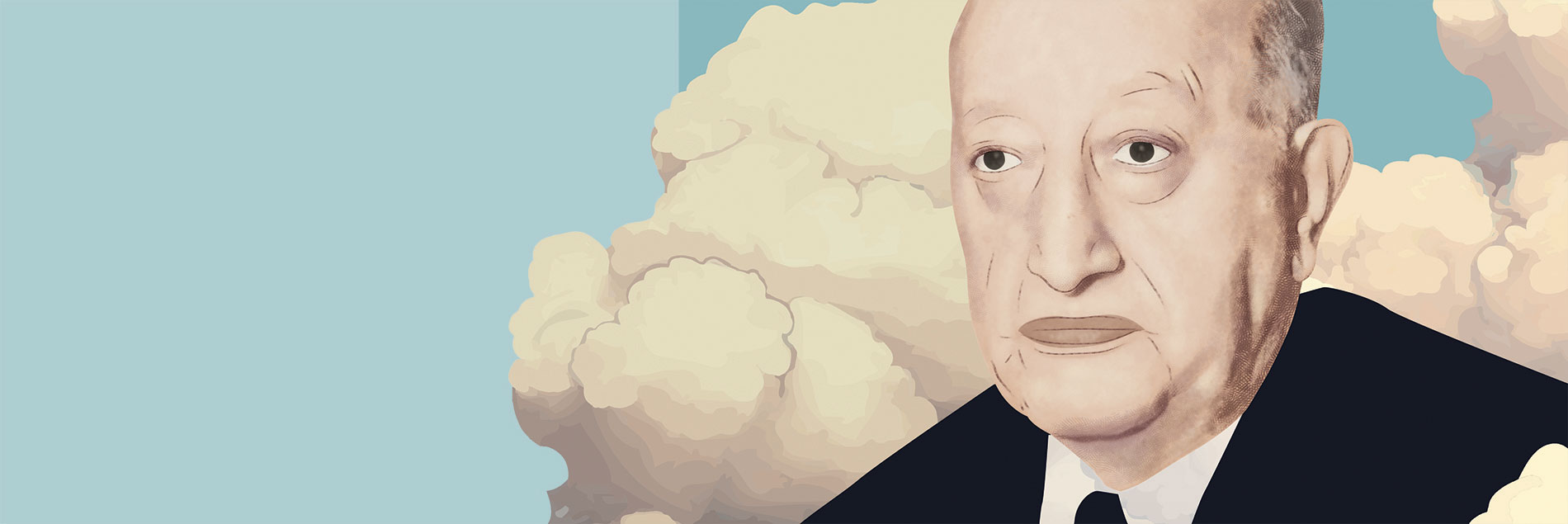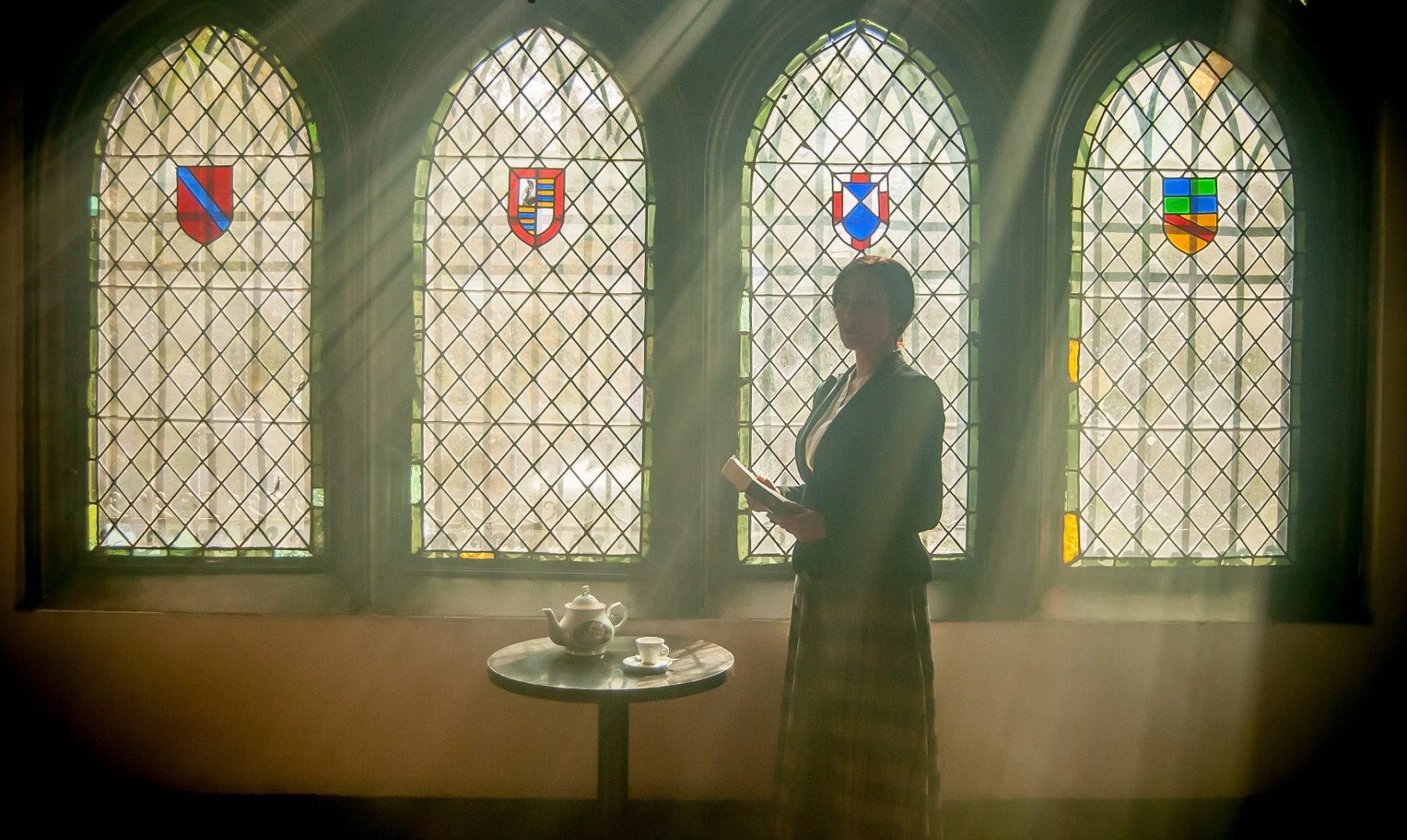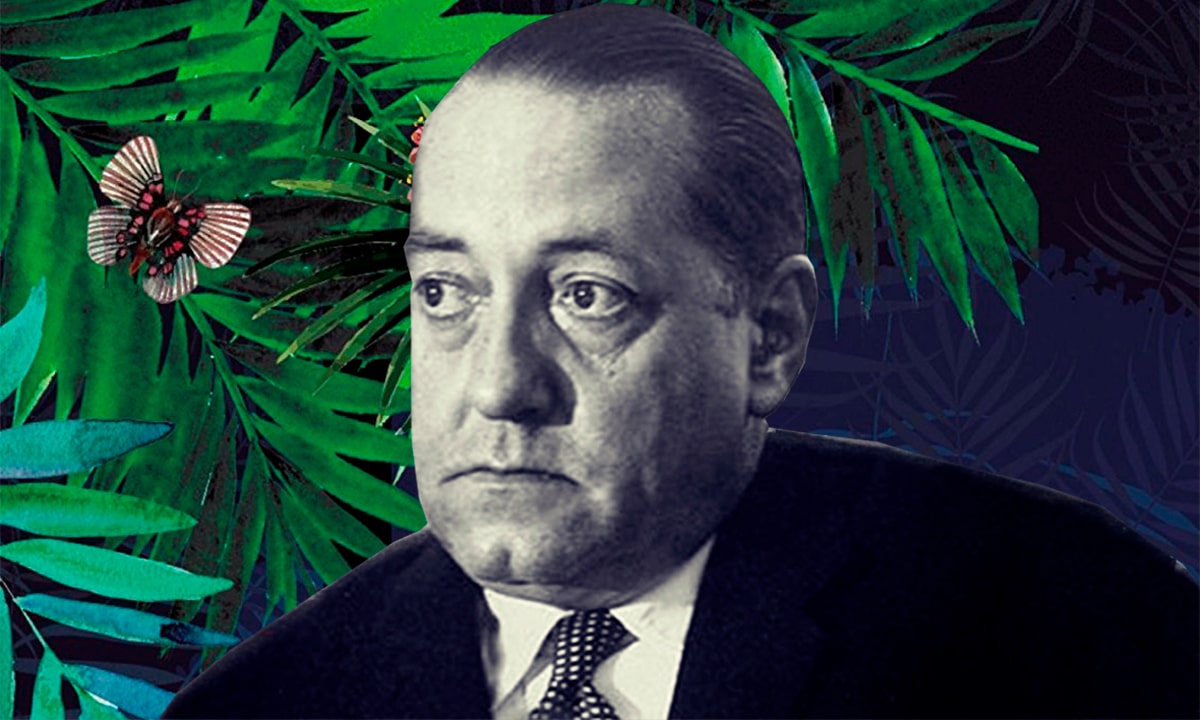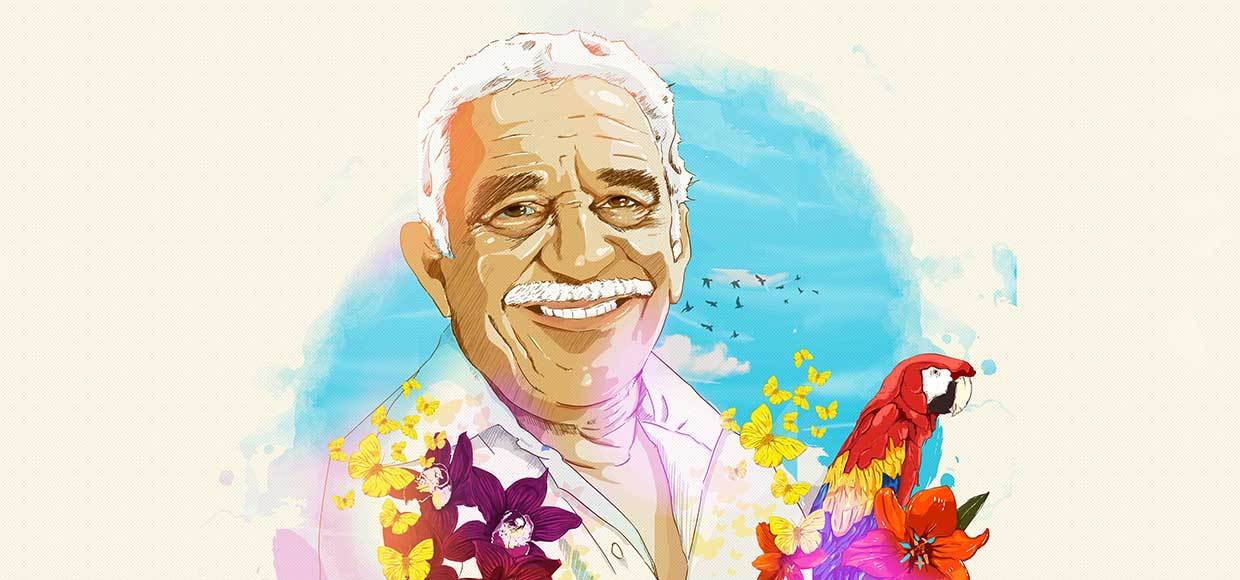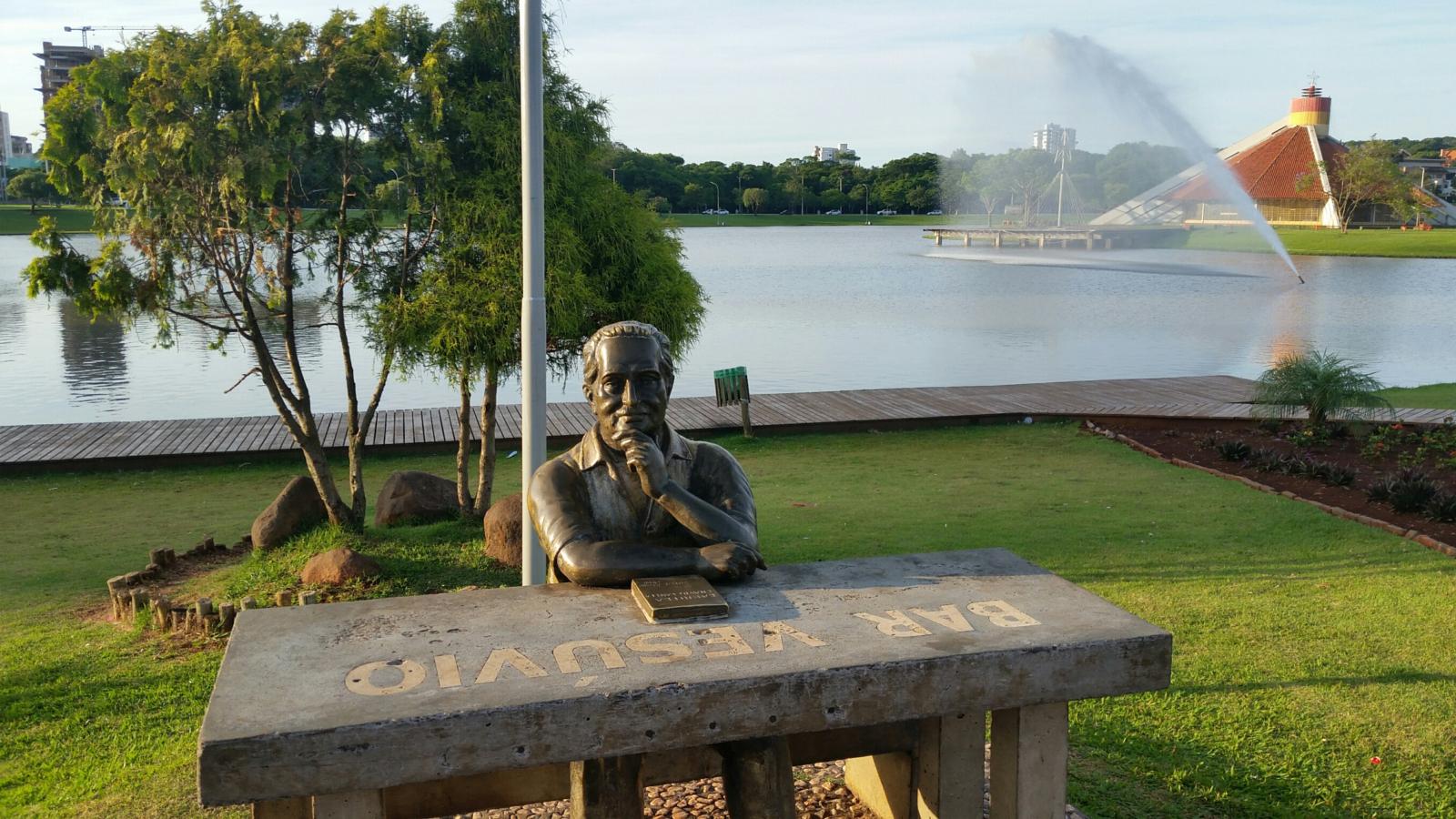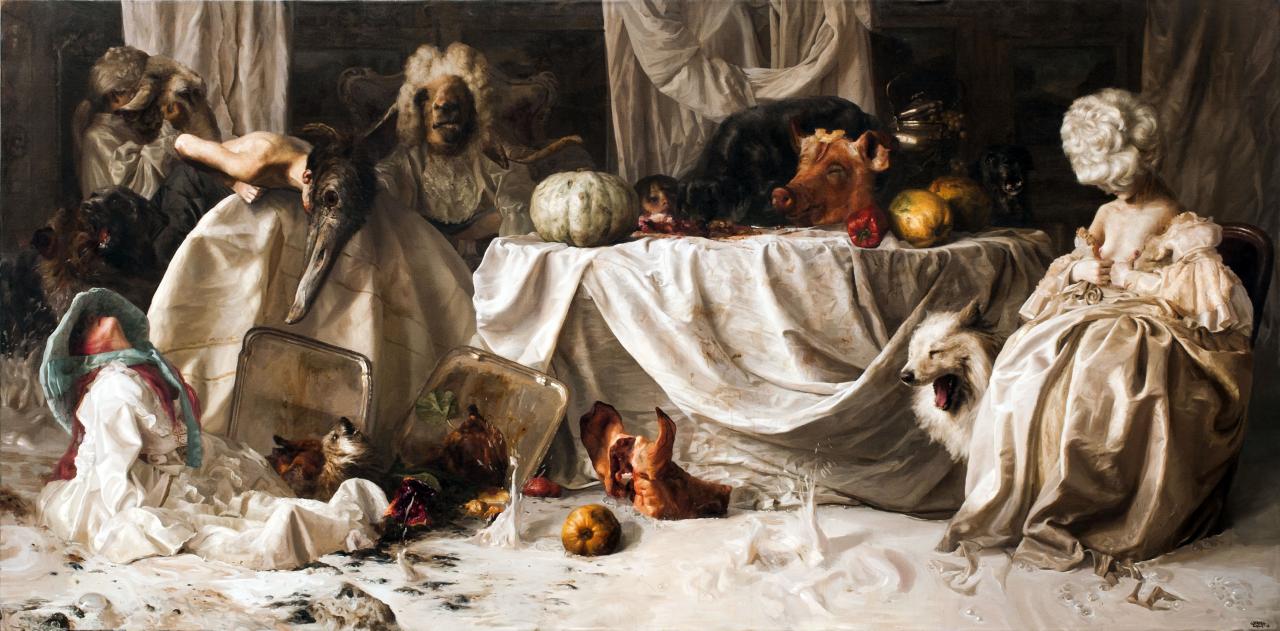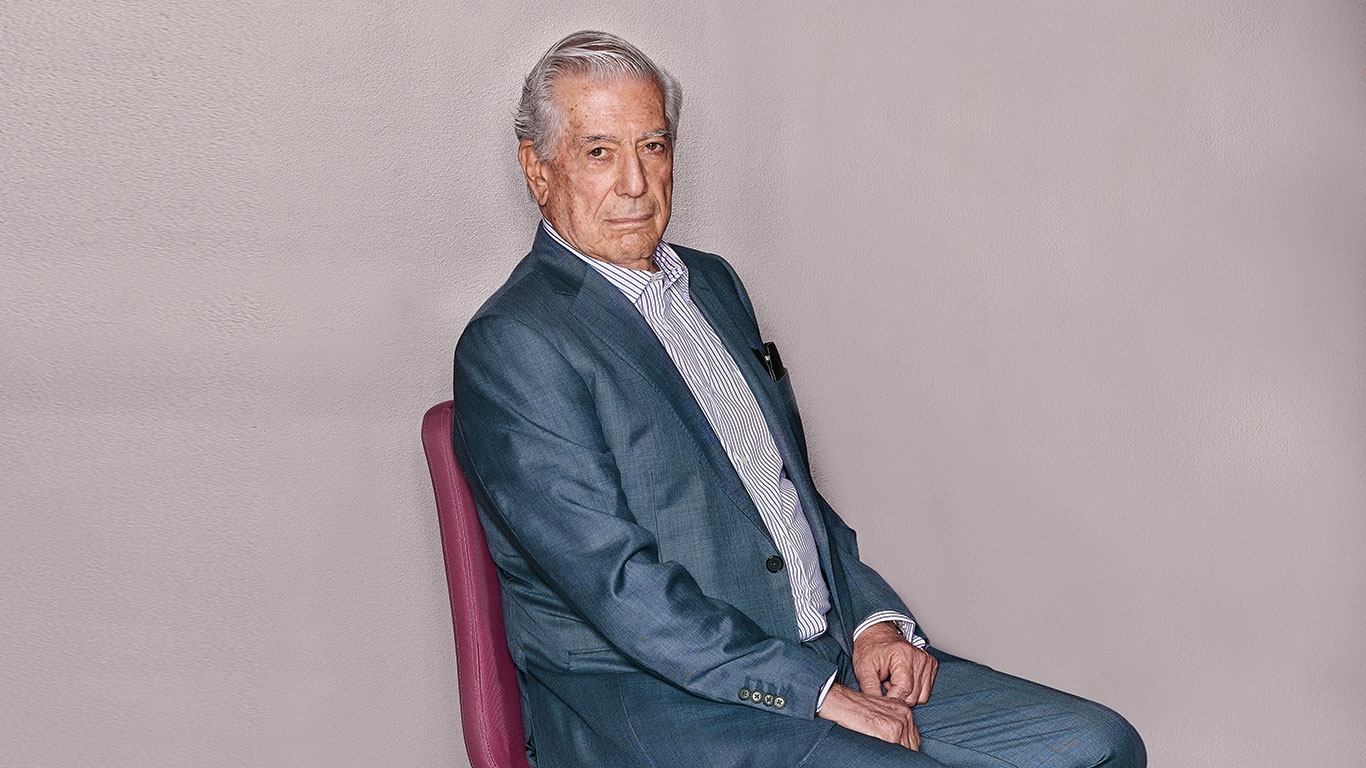The reader feels that he is uprooted from a monotonous reality but does not separate from it and yet he is taken by a world of fantasy that feels rooted in his culture and traditions and everything he acquired through formal education, all this achieves the Magical realism.

Magical realism
Magical realism is a movement of literature whose most relevant characteristic is the breaking of reality by a fantastic event delineated in a realistic way within the narrative.
The Venezuelan writer Arturo Uslar Pietri was the first to use this term referring to literature in his work "Letters and men of Venezuela", which was published for the first time in 1947. Pietri later confessed that the expression Magical Realism had been taken unconsciously. from a 1925 work by German art critic Franz Roh, who used Magischer Realismus (Magical Realism) in reference to a style of painting that became known as Neue Sachlichkeit (New Objectivity).
According to Roh, magical realism was related to surrealism, but it was not the same, because magical realism focuses above all on the physical object and the reality of things in the world, unlike the more abstract, dreamlike, psychological vision and unconscious of surrealism. |
The Mexican writer and literary critic Luis Leal simplified the description saying that it was inexplicable and if it could be explained then it was not magical realism and adds that each author expresses reality according to how he interprets it from what he observes of people and maintains that realism Magical is the position assumed by the characters in a narrative with respect to the world and nature.
For his part, Arturo Uslar Pietri in “Letters and Men of Venezuela” described “man as a mystery surrounded by realistic facts. A poetic prediction or a poetic denial of reality. What for lack of another name could be called magical realism. Despite the vagueness of Uslar Pietri's definition, the term had a tremendous impact on readers as they identified it with their way of feeling Latin American fiction.
Some critics maintain that magical realism is a variation of pure realism, since it shows the problems of American society by describing typical characters and places, the difference would be that this branch of realism uses the exaggeration of real events by mixing it with magic itself. of the Latin American peoples, especially the Ibero-Americans.
Magical realism has influences from both psychoanalysis and the surrealist movement in Europe, in its oneiric aspects, thoughtlessness and unconsciousness, as well as the obvious influences of the cultures of the American Indians before the arrival of the conquerors, especially in the supernatural events related to their myths and legends.
Magical realism arose as a response to the realist, indigenist and regionalist movements that dominated until then, but without ceasing to have elements of those movements. The writers were inspired by the turbulent political events of the region for their works, hence social and political criticism was a constant element interspersed with fantastic and unlikely events.
Arturo Uslar Pietri highlights the importance of totally separating the magical realism that emerged in Latin America in the middle of the last century with other trends or works that are apparently similar, such as the chivalric novel or The Thousand and One Nights, in magical realism, according to the Venezuelan Uslar Pietri, reality is not replaced by a magical world, but the extraordinary is part of everyday life. Magical realism brings with it an implicit social and political criticism, especially this criticism is directed at the ruling elite.
From the sixties of the last century, magical realism was being assumed by literary authors outside the Latin American continent. Magical realism overcame cultural differences by assuming a universal and standard interpretation, often exaggerated to the limits of human tolerance.
Many writers worldwide, not only of Latin American origin, are part of the magical realism movement, among the main ones are Miguel Ángel Asturias, Alejo Carpentier, Gabriel García Márquez, Arturo Uslar Pietri, Isabel Allende, Salmán Rushdie, Lisa St Aubin de Terán, Elena Garro, Juan Rulfo, Louis de Berniéres, Günter Grass, Laura Esquivel.
Characteristics of magical realism
The characteristics of magical realism vary from one author to another and even from one work to another. One text is different from another and some may have only one or more of the characteristics listed.
Magical realism and its fantastic components
One of the basic factors of magical realism is the treatment of interesting situations as an event of real truth. He transfers fables, tales and mythology to today's social realities. Through implausible characteristics that are given to the characters, it is about establishing contemporary political truths. The fantastic elements are part of reality, the author does not create them, he only discovers them and reveals them to the reader.
Narrator's Indifference On Magical Realism
The author deliberately does not reveal information and even hides it about the fantastic events that occur. The story follows its course with apparent logic, ignoring that something out of the ordinary had happened. The supernatural events are told as if they were everyday and the reader assumes it that way. To try to explain the extraordinary or to underline or magnify his fantasy would be to delegitimize it.
The narrator presents the unlikely and illogical facts with great naturalness, without reasoning or explaining them to the reader. Sometimes the action has more than one narrator.
Exuberance
The Cuban writer Alejo Carpentier in his work "El Barroco y lo Real Maravilloso" associates magical realism with baroque and defines it as the absence of emptiness, moving away from norms and organization with such an exuberance of details that it disorients. Carpentier maintains: "America, a continent of symbiosis, mutations... miscegenation, engenders the baroque."
Time Approach
Time in magical realism does not pass in a straight line nor is it measured with the usual parameters, breaking with the order of the narrative. The inner time is presented in a new way, using narration techniques such as recollection and Introspective.
writers of magical realism
The intention of the Latin American writers was to have a new vision of both the object and the literary language, seeking to unravel “that almost unknown and almost hallucinatory reality that was that of Latin America. (...) a peculiar reality that was radically different from the one reflected in the European narrative” according to the words of Arturo Uslar Pietri. Some leading authors of the magical realism movement are:
Miguel Angel Asturias
Born in Guatemala. He served in journalism, diplomacy and literature. He stood out for his concern for the indigenous culture of the continent. He was one of the forerunners of the boom in Latin American literature. He was also a pioneer in social denunciation and in the advanced line in literature. His works focus on highlighting the mythology and legends of the American continent as a form of experimentation and social denunciation. Among his works, Legends of Guatemala (1930), Men of Corn (1949) and Señor Presidente (1946) stand out.
Alejo Carpentier
He was a musicologist, writer and journalist of Cuban origin. He coined the term "marvelous real" for works framed in magical realism. Carpentier states:
“The marvelous begins to be unequivocally marvelous when it arises from an unexpected alteration of reality, from an unusual lighting […] perceived with particular intensity by virtue of an exaltation of the spirit that leads it to a mode of 'limit state”.
The writer maintains that the realities of Latin America, both racial realities, as well as in history, ideologies, culture, religions and politics, force the artist to seek new ways to represent this particular reality. His most representative works are The Kingdom of this World (1949), The Lost Steps (1953) and Baroque Concert (1974).
Julio Cortazar
He was a writer, teacher and translator born in Argentina, in 1981 in protest against the military dictatorship that ruled in his homeland, he took French nationality without renouncing Argentina. Cortázar's magical realism is heavily influenced by European literature such as Kafka, Joyce, and surrealism. His particular style makes the most unreal and fantastic totally believable and plausible. He is considered one of the most important representatives of the boom in Latin American literature.
For Cortázar, the illogical and incongruous form, like everything else, part of everyday life and by scrutinizing it, one can discover new and unknown facets of reality and go much further. Some of his works are Los Premios (1960), Hopscotch (1963), Sixty-Two, Model to Assemble (1968) and Bestiary (1951).
Juan Rulfo
Born in Mexico, he wrote novels, stories and also scripts, he dedicated himself to photography. Rulfo's creations marked a milestone in Mexican literature, putting an end to the literature referring to the revolution. In his works reality is combined with fantasy, within scenes of the countryside after the Mexican revolution. His characters symbolize the environment itself, highlighting social and cultural problems in a framework of a fantastic world.
Gabriel García Márquez himself said about the work of Juan Rulfo Pedro Páramo: “This is the most beautiful novel ever written in Spanish”, and Jorge Luis Borges wrote the following lines: “Pedro Páramo is a fantastic book, and its appeal cannot be can resist. This is one of the best novels in Spanish literature, and in literature in general. Among his most important literary works stand out Pedro Páramo and El llano en llamas.
Gabriel García Márquez
He was born in Colombia, in addition to being a writer he practiced journalism, was a screenwriter and editor. He won the Nobel Prize for Literature in 1982. From his beginnings as a writer, signs of the union between magic and reality appeared in his works, mixing historical facts with mythological ones. He gave life to the town of Macondo that serves as a framework for many of the stories written by him. In his own words:
“Our reality (as Latin Americans) is disproportionate and often poses very serious problems for writers, which is the insufficiency of words… The boiling water rivers and the storms that shake the earth, and the cyclones that houses are blown up, they are not invented things, but dimensions of nature that exist in our world”.
García Márquez affirmed that the mythical and legendary stories were part of the daily life of the world he knew and therefore in reality "he was not inventing anything, but simply capturing and referring to a world of omens, therapies, premonitions, superstitions... that was very much ours, very Latin American”
The work of Gabriel García Márquez One Hundred Years of Solitude is considered the most representative work of magical realism, in addition to Gabo, as he was also known, he wrote important works such as The Colonel has no one to write to him and Love in the time of cholera.
Arturo Uslar Pietri
He was a Venezuelan writer who also practiced journalism, law, philosophy and politics. Uslar Pietri is credited with applying the term "magical realism" to mid-1990th-century Latin American literature. Uslar Pietri's essays and novels had a great influence on the cultural life of the region. In XNUMX he received the Prince of Asturias Award in recognition of his literary work. He was nominated several times for the Nobel Prize in Literature. In the words of Uslar Pietri:
“If one reads, with European eyes, a novel by Asturias or Carpentier, one may believe that it is an artificial vision or a disconcerting and unfamiliar anomaly.
It was not an addition of fantastic characters and events, of which there are many good examples since the beginning of literature, but the revelation of a different situation, unusual, that collided with the accepted patterns of realism... This line It ranges from the Legends of Guatemala to One Hundred Years of Solitude.”
And he adds: “What García Márquez describes and which seems to be pure invention, is nothing more than the portrait of a peculiar situation, seen through the eyes of the people who live it and create it, almost without alterations. The Creole world is full of magic in the sense of the unusual and the strange”.
Isabel Allende
Chilean writer and playwright. Her first novel, The House of the Spirits, is her best-known work. This renowned writer gives a feminine look to a movement that seems to be dominated by men, that of magical realism. Starting from her first novel, Allende is immersed in magical realism as she enters Chilean history with its conservative future and governed by an iron machismo, using the experiences of untypical families.
In their stories, the sordid reality of political events and social problems are mixed with extraordinary events that are taken by different people with indifference to the trivial things of everyday life and thus manage to cope with complicated situations.
Jorge Amado
He was a Brazilian writer, he had membership in the Brazilian Academy of Letters. Jorge Amado turned into heroes and protagonists of his novels the needy, the peasants, the workers, the social outcasts, the prostitutes and vagabonds. When he was a communist militant he identified good with poverty and evil with wealth, later he changed that vision when he understood that good and evil are born from the character and attitude of people and not from poverty or wealth.
Jorge Amado was the protagonist of the boom in Latin American literature in the sixties of the last century and is considered by critics to be one of its forerunners. In his writings he succeeds in amalgamating social reality with fantasy, humour, eroticism and sensuality with the right proportion. Her novel Doña Flor and her two Husbands and an exemplary work of magical realism.
Elena Garro
She was a Mexican dedicated to writing scripts, stories, novels and was also a playwright. Although she is cataloged within the genre of magical realism and is considered one of her innovators, she dismissed this term considering that it is only "a mercantilist label". The characters in the works of Elena Garro move between real and illusory events in an amazing coming and going in pursuit of their own dreams.
According to the Ibero-American Magazine: “Based, frequently, on folkloric elements, he builds a world in which the borders between reality as we perceive it daily disappear; He thus gives us another world, perhaps illusory, but perhaps also more real as far as the soul truth of man is concerned”. His first works A solid home (theatre, 1958), Memories of the future (novel, 1963) and The week of colors (story, 1964), are considered by some critics as precursors of magical realism.
Laura Esquivel
Laura Esquivel is a writer and politician born in Mexico. Her main narrative work: Como Agua para Chocolate, whose first edition was in 1989, is famous worldwide and to date has been translated into more than thirty languages and was filmed by her husband at the time, the director Alfonso Arau in 1992. This work is emblematic of magical realism and it highlights the importance of the kitchen as the primary foundation of family and home.
magical realism in painting
In painting, magical realism refers to the union of everyday, palpable, visible and logical reality with magical, hallucinating and dreamlike reality, forming a new reality. This denomination was first used by the art critic Franz Roh in his work Post-Impressionism: Magical Realism published in 1925. According to Roh, magical realism and its artists challenge pure realism that only binds to physical and objective reality and creates a communication channel between the ordinary and surrealism and symbolism.
Despite the efforts of Franz Roh, artistic criticism in Europe had already adopted the term New Objectivity (Neue Sachlichkeit). This trend emerged after the Second World War in several major German cities bringing together artists from Dada. Guenther preferentially uses the qualifier New Objectivity over magical realism, supposedly because the new objectivity has a practical basis, there are artists practicing it, while magical realism is only theoretical, part of the rhetoric of criticism.
With the passing of time and thanks to the influence of the Italian poet, playwright, novelist and composer Massimo Bontempelli, the name magical realism was accepted by German and Italian artistic circles.
dissidence
Many artists and critics, especially Europeans, disagree with the idea that magical realism in literature has a Latin American origin.
Albanian-born writer Ismail Kadaré maintains: “Latin Americans did not invent magical realism. It has always existed in literature. We cannot imagine world literature without this oneiric dimension. Can you explain Dante's Divine Comedy, his visions of hell without appealing to magical realism? Do we not find the same phenomenon in Faust, in The Tempest, in Don Quixote, in the Greek tragedies where heaven and earth are always intertwined?
For his part, Seymour Menton argues that Gabriel García Márquez was influenced by authors of traditional Jewish literature such as Isaac Bashevis Singer, André Schwarz Bart and certain Jewish authors from the United States to write his masterpiece One Hundred Years of Solitude.
Also the recipient of the Peruvian Nobel Prize for Literature, Mario Vargas Llosa expressed his disagreement with the application of magical realism. In a statement during the Berlin Literature Festival, he explained that it was never correct to use the term magical realism to talk about a group of authors from Latin America.
«For a long time (the expression magical realism) was used as a label to encompass all Latin American literature, that was imprecise…The label magical realism does not even serve to encompass writers of imaginative literature such as Juan Rulfo, (Gabriel) García Márquez , Julio Cortázar or (Jorge Luis) Borges, each one has his own personal mythology and his own world»
"There were times when there was a dominant trend such as realism or later the so-called magical realism, now there is not, there are many writers who address very diverse themes with very diverse techniques, that is positive, especially in a continent that is precisely characterized by diversity
Here are some links of interest:
